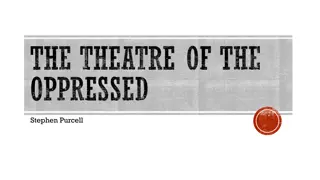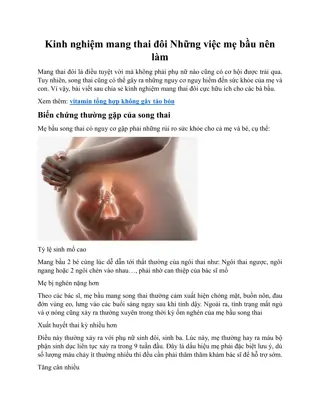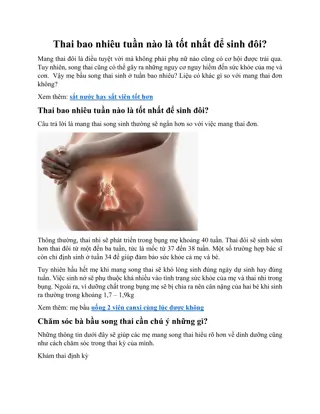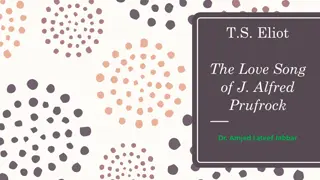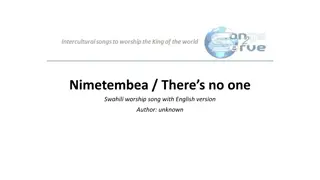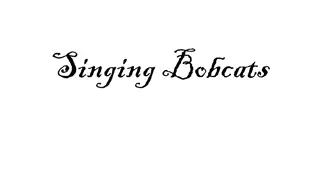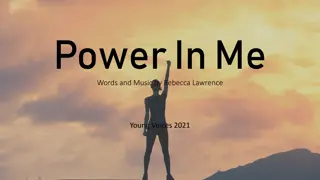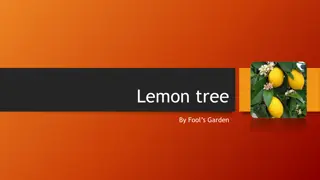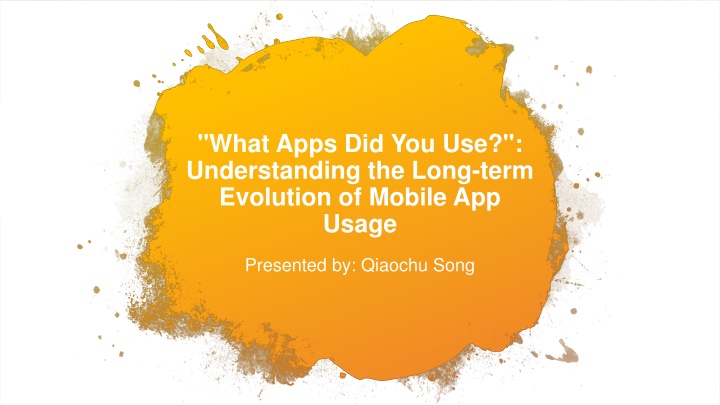
Understanding Long-Term Mobile App Evolution Trends
Explore the evolution of mobile app usage patterns over an extended period from 2012 to 2017. Discover insights into how app categories and individual apps have evolved, impacting user behavior. Witness shifts in the number of app categories, diversity in app usage, and user preferences in this comprehensive study presented by Qiaochu Song.
Download Presentation

Please find below an Image/Link to download the presentation.
The content on the website is provided AS IS for your information and personal use only. It may not be sold, licensed, or shared on other websites without obtaining consent from the author. If you encounter any issues during the download, it is possible that the publisher has removed the file from their server.
You are allowed to download the files provided on this website for personal or commercial use, subject to the condition that they are used lawfully. All files are the property of their respective owners.
The content on the website is provided AS IS for your information and personal use only. It may not be sold, licensed, or shared on other websites without obtaining consent from the author.
E N D
Presentation Transcript
"What Apps Did You Use?": Understanding the Long-term Evolution of Mobile App Usage Presented by: Qiaochu Song
Q: How mobile apps usage evolves over the long-term period? Introduction Data collection: 1,465 long-term users Study on both level: Macro-level : app category 12,457,867 records starting from January 2012 to December 2017 Micro-level : individual apps
The long-term usage evolution of app-categories and apps shows different processes.
Number of App Categories Stage one (2012-2014): the number of app categories increased significantly
Number of App Categories Stage one (2012-2014): the number of app categories increased significantly Reason: The development of the mobile network. By 2014, around 30% of users were using the 4G network and the proportion keep growing steadily. The mobile network not limit the usage of latency-sensitive and data consuming applications anymore.
Number of App Categories Stage two (2014-2017): the number of app categories remained stable over time
Number of Used Apps Stage one (2012-2014): users increased the number of apps used on their smartphone, consistent with the macro-level Stage two (2014-2017): the number of apps used by each user decreased year by year, which significantly different to macro-level.
Diversity of App-category Usage The average value shows a downtrend, suggests that the diversity for app-category usage declined, and users' requirements for smartphone functions tend to be consistent. Reason: the development of technologies cause more app categorise to become popular, users use similar app categorise. The ecosystem pushes mobile users to use similar app categories.
Diversity of App Usage The average distance increased. The trend is opposite to the app category at the macro-level. At the micro-level, mobile users have different preferences and use more various apps.
Growth of popularity: the popularity of the app category increases. Plateau of popularity: the popularity of the app category tends to be stable. Popularity of App Categories
Popularity of App Usage From 2012-2017, shows a typical pareto effect for app usage. (Over 80% of apps have less than 0.01 popularity in 2012, while this number increased to 90% by 2017.) The app market is still governed by a small number of dominating apps.
Correlations of App Categories Increases from the year 2012 to 2014. Tended to be stable from 2014 to 2017. Suggested a robust app ecosystem had formed.
Correlations of App Usage Compared with app categories, the correlations of apps in the same category is much lower, and most are below0.2. Reason: The intra-category competition leads to the occurrence of an elimination stage and a decrease in the correlations of apps.
Provide Insight Release of new technologies trigger increase of between app categories and apps. Stakeholders can hold opportunity to extend market shares. Developers should focus on small groups of users and meeting their personalized needs. App market intermediaries should focus on the consistent requirements across mobile users instead of customized services. Opposing trends in usage diversity between app categories and apps Discover The fierce intra- category competition between apps causes an elimination stage of app usage App developers must improve the competitiveness of their apps, especially during the elimination stage

